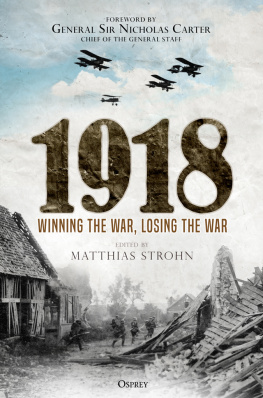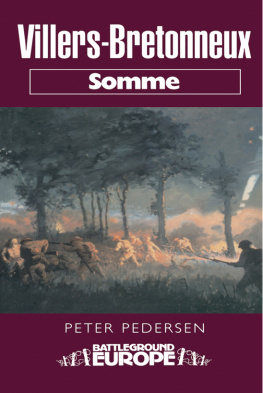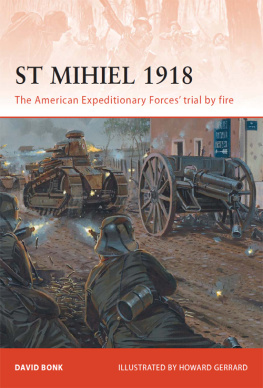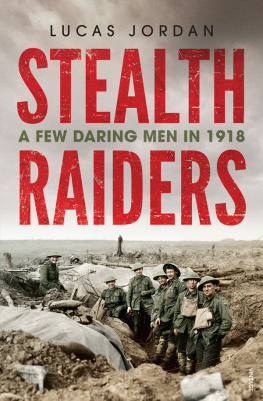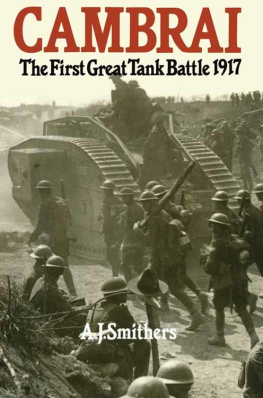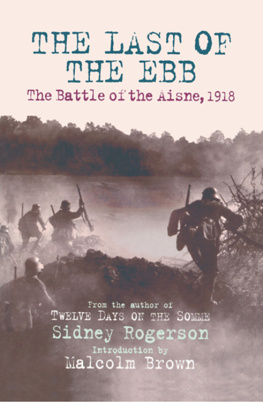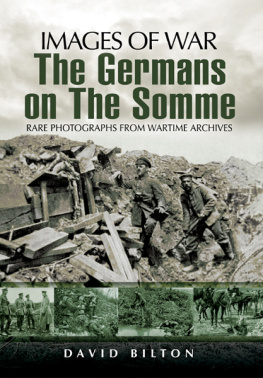To Henry
VICTORY FROM DISASTER
GREGORY BLAXLAND
First published in Great Britain in 1968 by Frederick Muller Ltd.
Reprinted in this format in 2018 by
Pen & Sword Military
An imprint of
Pen & Sword Books Ltd
Yorkshire Philadelphia
Copyright The Estate of Gregory Blaxland 2018
ISBN 978 1 52673 519 5
eISBN 978 1 52673 520 1
Mobi ISBN 978 1 52673 521 8
The right of Gregory Blaxland to be identified as Author of this work has been asserted by him in accordance with the Copyright, Designs and Patents Act 1988.
A CIP catalogue record for this book is
available from the British Library.
All rights reserved. No part of this book may be reproduced or transmitted in any form or by any means, electronic or mechanical including photocopying, recording or by any information storage and retrieval system, without permission from the Publisher in writing.
Pen & Sword Books Limited incorporates the imprints of Atlas, Archaeology, Aviation, Discovery, Family History, Fiction, History, Maritime, Military, Military Classics, Politics, Select, Transport, True Crime, Air World, Frontline Publishing, Leo Cooper, Remember When, Seaforth Publishing, The Praetorian Press, Wharncliffe Local History, Wharncliffe Transport, Wharncliffe True Crime and White Owl.
For a complete list of Pen & Sword titles please contact
PEN & SWORD BOOKS LIMITED
47 Church Street, Barnsley, South Yorkshire, S70 2AS, England
E-mail:
Website: www.pen-and-sword.co.uk
Or
PEN AND SWORD BOOKS
1950 Lawrence Rd, Havertown, PA 19083, USA
E-mail:
Website: www.penandswordbooks.com
ILLUSTRATIONS
Gun teams move forward at Homiecourt (Imperial War Museum )
The 17th Northern Division in reserve after the retreat from the Flesquires salient ( Imperial War Museum )
The 5th Gordon Highlanders at Nesle ( Imperial War Museum )
German prisoners near Albert ( Imperial War Museum )
British and French troops behind the lines near Boves ( Imperial War Museum )
A scene in Amiens when the city was still in peril of capture ( Imperial War Museum )
Villers Bretonneux and her Australian defenders ( Imperial War Museum )
General Sir Hubert Gough ( Imperial War Museum )
General Sir Henry Wilson, C.I.G.S. ( Paul Popper Ltd. )
General Sir Henry Rawlinson at Fourth Army Headquarters ( Imperial War Museum )
Lieut.-General Sir John Monash ( The Mansell Collection )
Lieut.-General Sir Arthur Currie with General the Hon. Sir Julian Byng ( Imperial War Museum )
Canadians en route to the front and German prisoners under escort from Hangard on August 8th ( Imperial War Museum )
Headquarters 3rd Canadian Division as the attack was resumed on August 9th ( Imperial War Museum )
A combined infantry and tank attack during the Australians advance on Lihons, August 9th ( The Australian Government )
A diminished Australian platoon being briefed for an attack ( The Australian Government )
General Rawlinson and Field-Marshal Haig with King George V ( The Mansell Collection )
Group at Fourth Army Headquarters, Flixcourt ( Imperial War Museum )
Two men of the 5th Australian Division who did not get through the wire round Anvil Wood ( The Australian Government )
Men of the 12th Division at Ephy ( Imperial War Museum )
Australians impeded near Bellicourt ( Imperial War Museum )
The Band of the Staffordshire Brigade playing amid the ruins of Bellenglise ( Imperial War Museum )
Men of the Staffordshire Brigade at the St Quentin Canal ( Imperial War Museum )
British troops were sent to Italy following the disaster the Italians suffered at Caporetto in October and November 1917
A small expeditionary force of two Portuguese divisions entered the line in French Flanders in late 1917
German prisoners
The allied powers launched a series of offensives on the Western Front in the summer and autumn of 1918
American troops during the Meuse-Argonne Offensive An injured soldier being loaded into a first aid truck Destruction caused in the historic city of Reims Valenciennes, close to the French border with Belgium
MAPS
The Western Front
German progress
The Battles of Rosires and the Avre
The Lys offensive
The Battle of Amiens
The advance on Roye
The Battles of Albert and Bapaume
The Hindenburg Line offensive
Haigs wall map ( Reproduced from Sir Douglas Haigs Despatches by kind permission of J.M. Dent & Sons Ltd
The Battles of the Selle and the Sambre
PREFACE
I feel I should make it clear from the start that I played no part in the events I have tried to describe. I was not in fact born until the ink had lain on the Armistice agreement for a month. This, as it turned out, was good timing for participation in the second term of World War, and like others of my generation I saw sufficient of it to marvel at the fortitude of those who endured the more intense, more harrowing, and infinitely more prolonged fury of the first. Endurance naturally was at its highest premium in the last year of war, and this was my main motive in making a study of 1918. Much has been written about the failures of the previous years. Here is a success story, and it is offered as a tribute from a member of a subsequent generation to his elders.
The most dramatic events of 1918, at any rate as far as the British are concerned, happened along a belt stretching due east from Amiens to a depth of some fifty miles, and I have therefore focused my spotlight on these events, without I hope obscuring those on other parts of the Western Front and such political developments as had bearing on the fighting, all of which have been sketched in as essential background scenery. Rawlinson emerges as the star actor on the Amiens front, and I have described the part he played in some detail for the example it affords of British generalship, as shaped by four years upon the anvil.
Deeds of valour by battalions and individuals have been picked out for description here and there. I make no claim that they were the best and the bravest. They have been chosen as samples and owe inclusion to the double chance of being on conspicuous record (usually as citations for the Victoria Cross in the case of individuals) and being pertinent to the story. For every V.C. won at least three hundred other acts of gallantry, trailing only slightly in degree, were recognised by decoration and many, many more escaped notice or acknowledgement. It is for what they represent, rather than for the glory of any individual, that the few have been picked from the many.
G. B.
SOURCES AND THANKS
The bones of this book have been provided by the British Official History, Military Operations, France and Belgium, 1918 (Macmillan), edited by Brigadier-General Sir James Edmonds. It runs to five volumes, each over 500 pages long, and having not been completed until 1945 is well supplied with German information, which adds greatly to its interest. I am much indebted to this tome.


